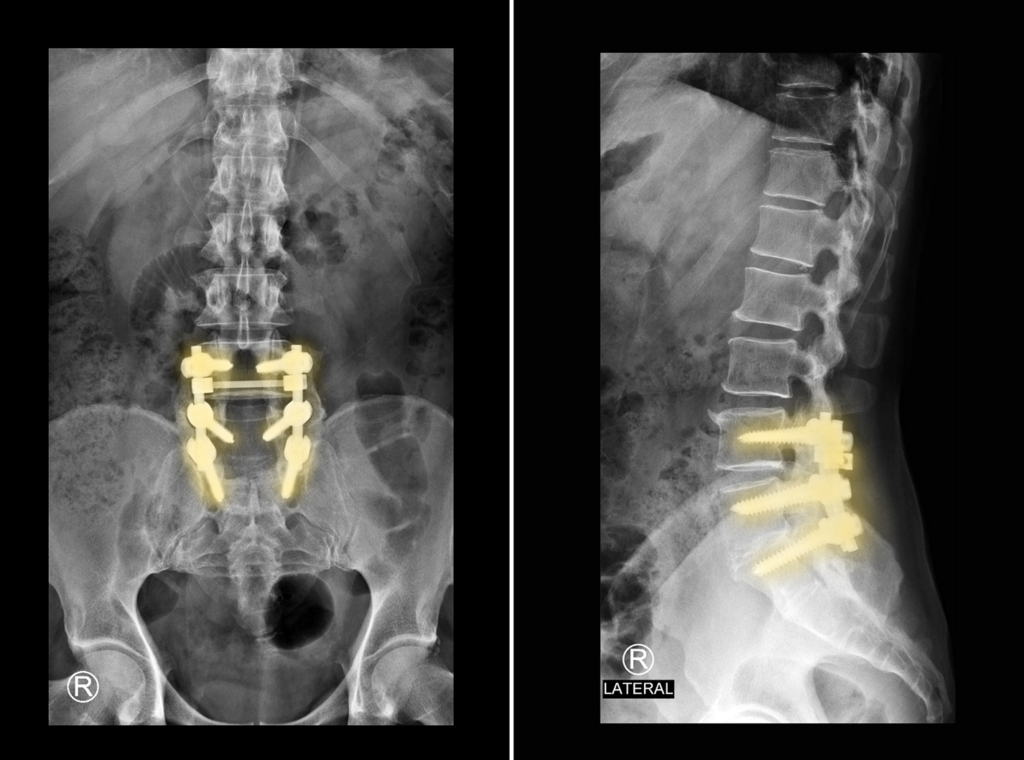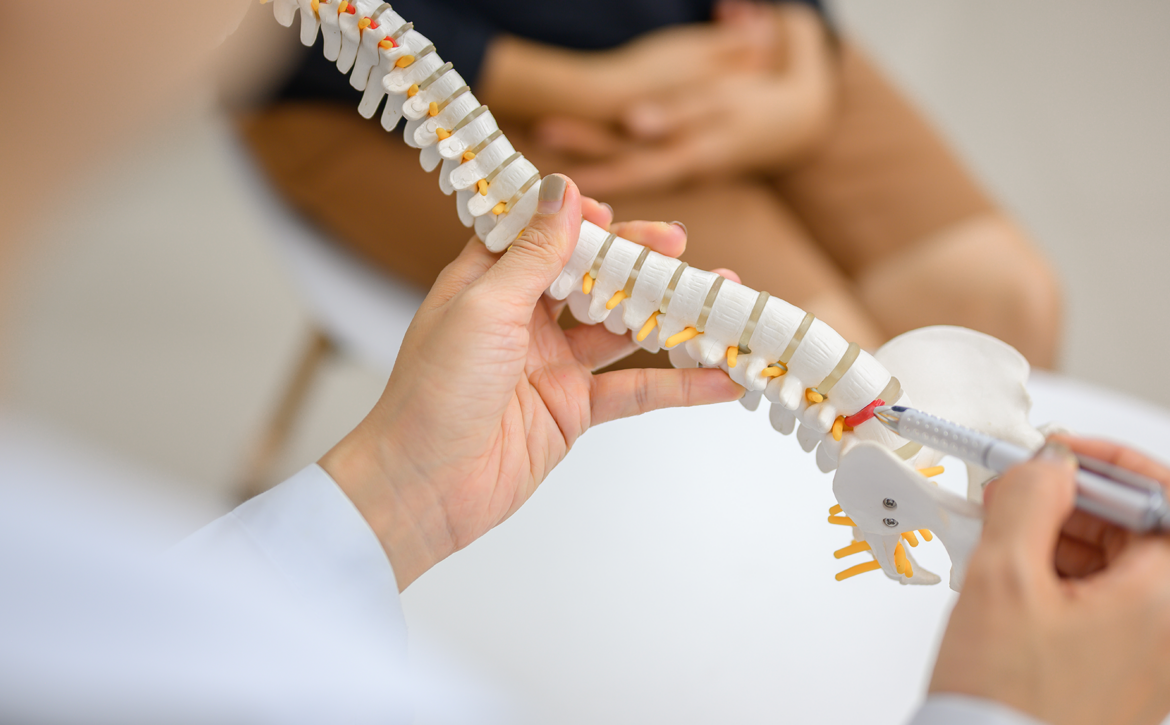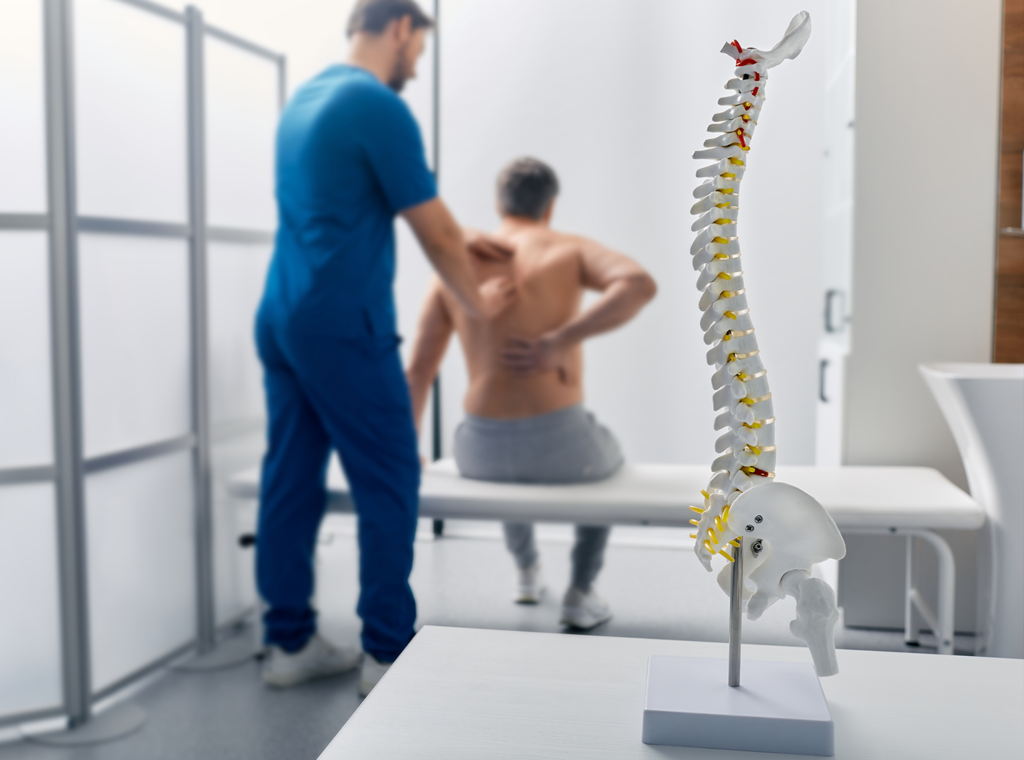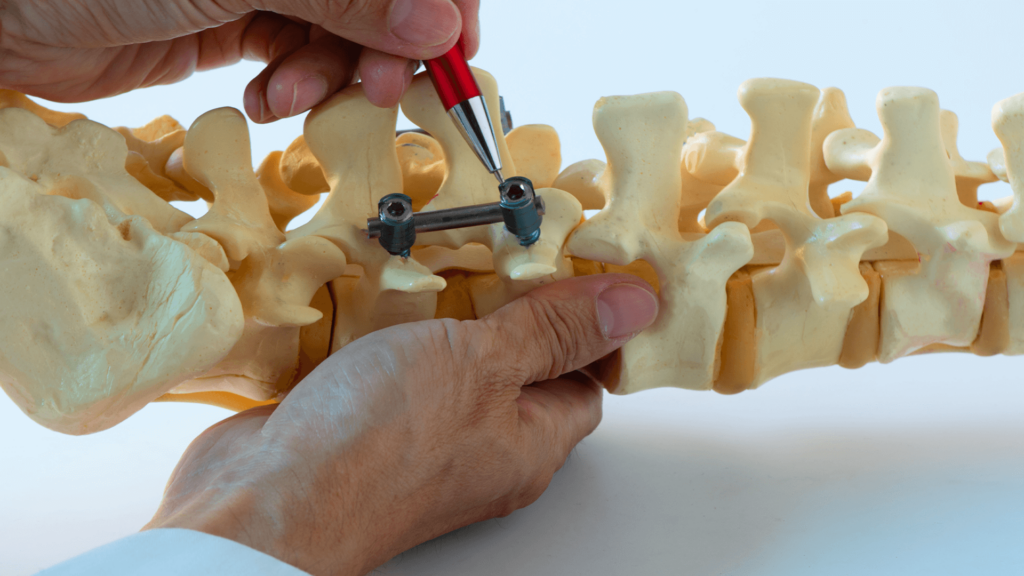Guide To Orthopedic Spine Surgery

Orthopedic surgery of the spine is a highly specialized field dedicated to diagnosing and treating a wide range of disorders affecting the spinal column. These surgical interventions address numerous issues, from traumatic injuries to degenerative diseases, providing significant enhancements to patients’ quality of life. Conditions such as herniated discs, spinal stenosis, spondylolisthesis, and vertebral fractures can be effectively managed through these procedures. Dr. Brian K. Rich, an esteemed orthopedic surgeon with extensive experience, offers expert care in spinal surgery. He employs advanced surgical techniques and maintains a patient-centered approach, ensuring that each patient receives personalized and compassionate care. Dr. Rich’s expertise and dedication to incorporating the latest medical advancements enable patients to achieve better mobility, reduced pain, and overall improved health outcomes. This blog will serve as a guide to understand the basics of orthopedic spine surgery
Types of Spinal Surgery Procedures
Spinal surgeries are tailored to specific conditions and patient needs, with several common procedures including:
Spinal Fusion: This procedure involves welding two or more vertebrae together to form a single, solid bone. It stabilizes the spine and prevents painful movements, often used to treat conditions like degenerative disc disease, scoliosis, and spondylolisthesis.
Laminectomy: By removing part of the vertebral bone called the lamina, this procedure relieves pressure on the spinal nerves. It is commonly performed to address spinal stenosis, where narrowing of the spinal canal causes nerve compression.
Discectomy: This involves the removal of herniated disc material that is pressing on a nerve root or the spinal cord. Discectomy is often used to treat sciatica and other conditions caused by disc herniation.
Foraminotomy: This surgery enlarges the bony hole (foramen) where a nerve root exits the spinal canal, relieving pressure and pain. It is typically used to treat conditions like foraminal stenosis.
Each of these procedures has specific indications and potential outcomes, customized to meet patient conditions and lifestyle goals.
Common Spinal Conditions Treated with Orthopedic Surgery
Orthopedic spine surgery addresses a variety of conditions that impact the spinal column’s structure and function. Key issues include:
Herniated Discs: This condition occurs when disc material presses on nerve roots or the spinal cord, causing pain, numbness, or weakness along the nerve’s path. Surgical intervention can relieve these symptoms and restore function.
Spinal Stenosis: The narrowing of spaces within the spine can put pressure on the nerves traveling through it. Surgery can alleviate this pressure, reducing pain and improving mobility.
Spondylolisthesis: This condition involves one vertebra slipping forward over the bone below it, often causing back pain and nerve compression. Surgical stabilization can prevent further slippage and alleviate symptoms.
Vertebral Fractures: Often resulting from trauma or conditions like osteoporosis, vertebral fractures may require surgical intervention to relieve pain and stabilize the spine. Procedures like vertebroplasty or kyphoplasty can restore vertebral height and integrity.
These examples highlight just a few of the conditions that can be effectively managed through orthopedic spine surgery, ensuring improved daily functioning and significant pain relief.
Recovery and Advancements in Spinal Surgery
Technological advancements have dramatically improved the outcomes of spinal surgeries. Innovations such as robotic-assisted surgery, minimally invasive techniques, and advanced imaging technologies like MRI and CT scans offer greater precision and faster recovery times. These advancements allow surgeons to perform complex procedures with reduced risk and minimal disruption to surrounding tissues. Recovery from spinal surgery varies depending on the type of procedure performed and the individual’s overall health. Dr. Rich emphasizes the importance of a tailored rehabilitation program, which typically includes physical therapy to help patients regain strength and mobility. Post-surgical care is crucial to ensure successful healing and functionality of the spine. Patients are encouraged to follow their personalized recovery plans closely and maintain regular communication with their healthcare team about any concerns. Adhering to these guidelines can significantly enhance the recovery process, leading to better long-term outcomes.





